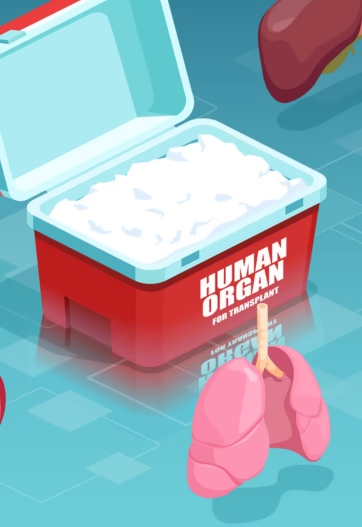Premenstrual Dysphoric Disorder: When Hormones Hurt

Premenstrual Dysphoric Disorder, For millions of women worldwide, the days before their period bring more than just physical discomfort – they bring an overwhelming urge to die. PMDD (Premenstrual Dysphoric Disorder) isn’t simply “bad PMS” – it’s a severe neuroendocrine disorder that increases suicide risk sevenfold during the luteal phase of the menstrual cycle.
Premenstrual Dysphoric Disorder: More Than Just Mood Swings
What Makes Premenstrual Dysphoric Disorder Different From PMS?
While PMS affects about 30% of menstruating women, PMDD impacts 3-8% with far more severe symptoms:
- Debilitating depression and anxiety
- Paralyzing fatigue and brain fog
- Rage episodes and emotional dysregulation
- Active suicidal ideation (in 30% of cases)
“PMDD isn’t moodiness – it’s your brain chemistry being hijacked by hormonal fluctuations,” explains psychotherapist Shifa Lodhi. “We’re talking about women who are completely functional 3 weeks a month becoming suicidal the fourth week.”
The Science Behind Premenstrual Dysphoric Disorder: A Perfect Storm in the Brain
Premenstrual Dysphoric Disorder, Hormonal Sensitivity and Neurotransmitter Chaos
Research shows PMDD stems from an abnormal brain response to normal hormonal changes:
✔ Estrogen drops trigger serotonin depletion
✔ Progesterone surges disrupt GABA function
✔ Cortisol spikes create anxiety and panic
✔ Brain scans show altered amygdala activity
“It’s not that our hormones are abnormal – it’s that our brains overreact to their natural fluctuations,” clarifies Dr. Benicio Frey, a leading PMDD researcher.
Portions of the medical explanations in this article reference clinical data from Johns Hopkins Medicine’s comprehensive guide to PMDD.

The Suicide Connection: Why Premenstrual Dysphoric Disorder Becomes Deadly
Shocking Statistics:
- 7x higher suicide attempt risk vs general population
- 4x higher suicidal ideation rates
- Symptoms severe enough to require psychiatric hospitalization in 15% of cases
“The suicidal thoughts don’t come from wanting to die,” shares M*, a biomedical researcher with PMDD. “They come from desperately needing the psychological and physical pain to stop.”
Barriers to Diagnosis and Treatment
Why Most Women Suffer in Silence
- Medical Gaslighting: “Doctors told me it was just PMS for 10 years”
- Cultural Stigma: Periods and mental health remain taboo topics
- Misdiagnosis: Often confused with bipolar disorder or depression
- Research Gap: Most drug trials exclude menstruating women
“In Pakistan, families would rather take daughters to spiritual healers than psychiatrists,” notes OBGYN Dr. Anum Aziz. “The marriage prospects concern outweighs health concerns.”
https://whatshappening.pk/ashura-processions-underway-across-pakistan-with-tight-security/
Effective Treatment Options for PMDD
Evidence-Based Approaches:
- SSRIs: Fluoxetine and sertraline show 60-75% efficacy
- Hormonal Interventions: Combined oral contraceptives or GnRH analogs
- Lifestyle Modifications: Regular exercise, stress reduction, sleep hygiene
- Therapy: CBT and DBT help manage symptoms
“Treatment requires a multidisciplinary approach – gynecologists, psychiatrists and therapists working together,” emphasizes Dr. Frey.
How to Support Someone With PMDD
What Helps (And What Hurts)
✅ Believe her experiences without judgment
✅ Track symptoms together using apps like Me v PMDD
✅ Create a safety plan for high-risk days
❌ Never say “It’s just hormones” or “Snap out of it”
“Having my partner say ‘This will pass’ during episodes literally saved my life,” shares L*, a teacher with PMDD.
The Urgent Need for Awareness and Research
While PMDD was added to the DSM-5 in 2013, critical gaps remain:
- No FDA-approved medications specifically for PMDD
- Minimal representation in medical curricula
- Virtually no public health campaigns in developing nations
“Every month, women are losing jobs, relationships and lives to this treatable condition,” says Lodhi. “Breaking the silence could prevent so much unnecessary suffering.”





